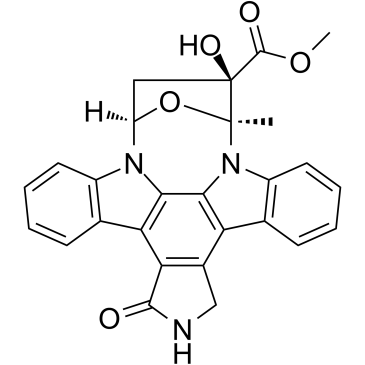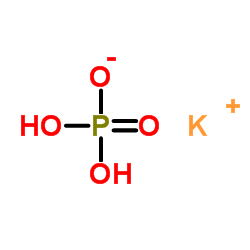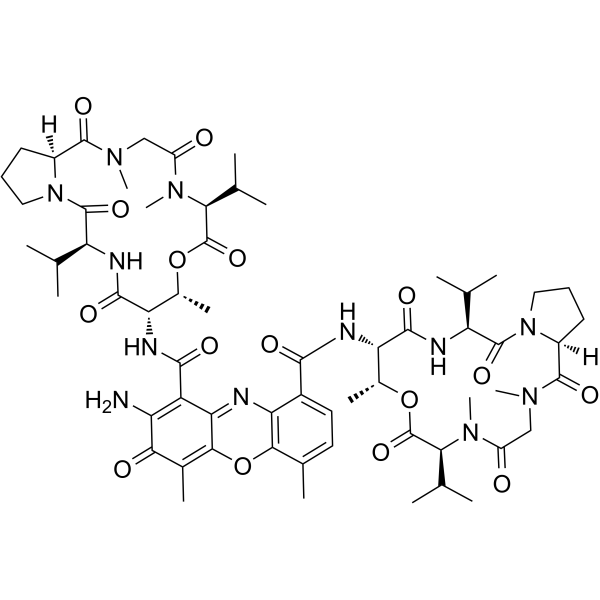| 结构式 | 名称/CAS号 | 全部文献 |
|---|---|---|
 |
氯化钠
CAS:7647-14-5 |
|
 |
二甲基亚砜
CAS:67-68-5 |
|
 |
(+)-抗生素 K 252A
CAS:99533-80-9 |
|
 |
磷酸二氢钾
CAS:7778-77-0 |
|
 |
放线菌素D
CAS:50-76-0 |
|
 |
氯化钠-35cl
CAS:20510-55-8 |
|
![N-[2-[[(六氢-2-氧代-1H-氮杂卓-3-基)氨基]羰基]苯基]苯并[b]噻吩-2-甲酰胺 结构式](https://image.chemsrc.com/caspic/489/219766-25-3.png) |
N-[2-[[(六氢-2-氧代-1H-氮杂卓-3-基)氨基]羰基]苯基]苯并[b]噻吩-2-甲酰胺
CAS:219766-25-3 |
|
 |
8-辛酰氧基芘-1,3,6-三磺酸三钠盐
CAS:115787-84-3 |